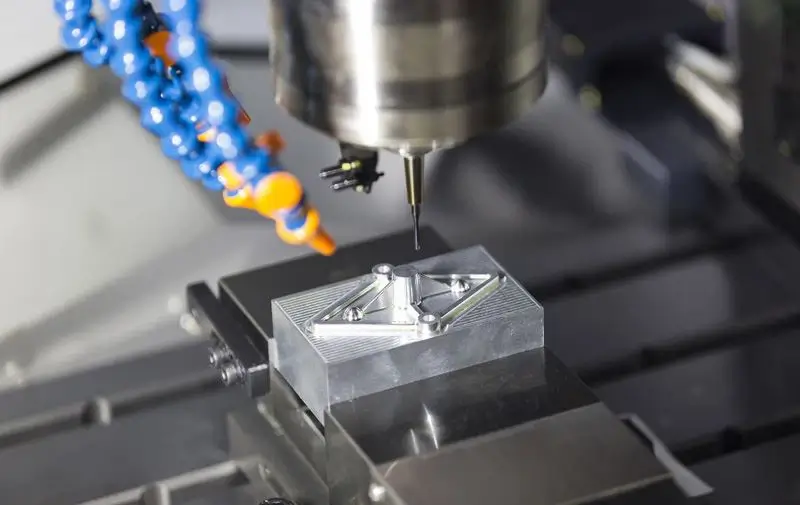Importance of Rapid Machining in Manufacturing
Companies that design and manufacture plastic or metal parts often require rapid machining services at some stage. This includes when high volume production machining is required.
This article explores the ins and outs of the manufacturing process and why it is so important.
1.What is rapid machining?
Rapid machining is the machining of parts and prototypes that focuses on reducing the time it takes to manufacture a part. It typically involves CNC machining (including milling, turning, etc.), but may also include manual machining of simple parts.
Machining can be accelerated in a variety of ways. Depending on the customer’s requirements, rapid machining may involve the increased use of high-torque machines and roughing techniques to speed up material removal.
It may also involve materials that are easy to machine (such as aluminum alloys) rather than materials that require more time to machine.
Although rapid machining is not mutually exclusive of precision machining, rapid machining can be seen as the opposite of precision machining, which prioritizes accuracy and detail over speed.
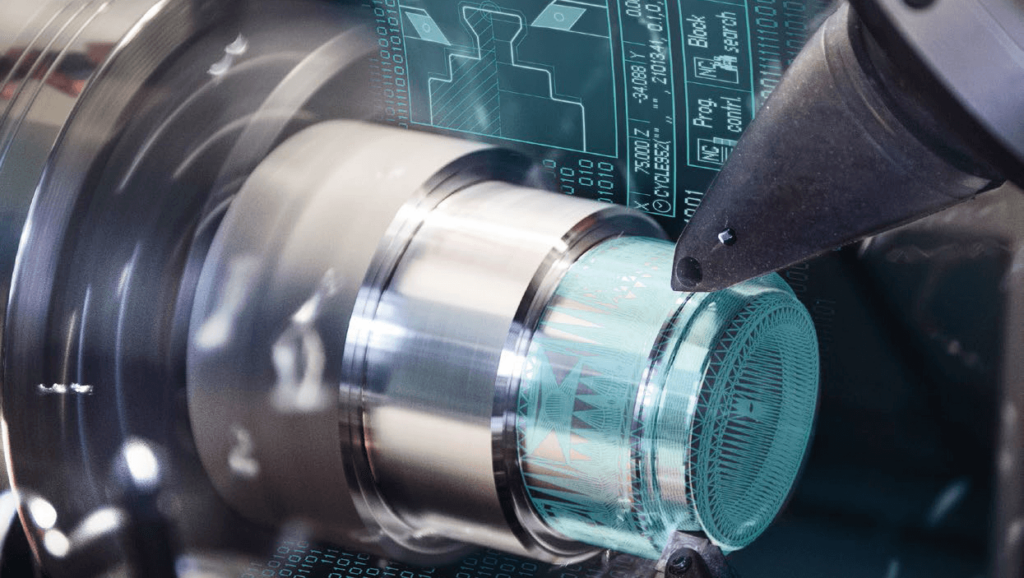
2.Advantages and Disadvantages of Rapid Machining
Rapid machining is an essential tool for rapid prototyping, product development, low-volume production, and custom parts. However, it is not suitable for all manufacturing work.
Here are some advantages and disadvantages of rapid machining:
Advantages
- Fastest way to produce parts using CNC machining equipment
- Rapidly iterate prototypes to speed up product development
- Easy to make multiple versions of a part for mechanical testing, etc.
- Faster time to market
- Can make stronger parts than other high-speed processes such as 3D printing
- No minimum order quantity
- No tooling or startup costs
- Compatible with a wide range of metals and plastics
- Multiple surface finish options
- Scalable, as CNC machining is suitable for post-production
Disadvantages
- Lower quality than precision machining
- Fewer geometric freedoms than 3D printing
- Slower than molding for large batch orders (100+)
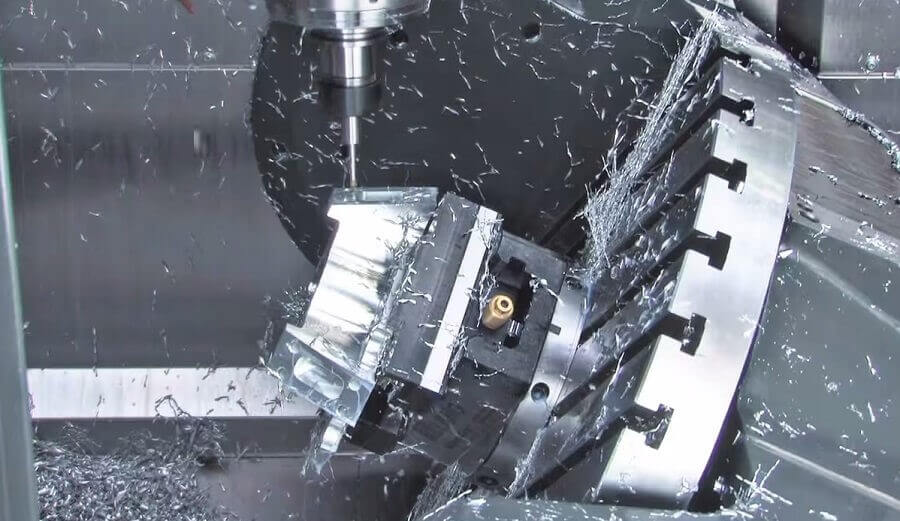
3.How does rapid machining accelerate product development and reduce time to market?
For decades, rapid machining has been the process of choice for product designers to advance products from one development stage to the next.
Rapid machining prototypes can be used for testing and evaluation, and multiple design iterations can be easily manufactured for comparative analysis. Some rapid machining parts are even suitable for end use.
It’s easy to see why designers and engineers are turning to rapid machining for just-in-time parts. In this day and age, most parts are designed using CAD software, and the exported design files can be processed by CNC machines with minimal preparation. This reduces the time gap between completing a prototype and receiving a finished part.
And this process often has to be repeated several times. If a product designer orders a rapid-machined prototype for testing, they may need to tweak the design and go through multiple iterations before the part can go into production.
Rapid machining also provides prototypes that are similar to the end-use part in terms of quality, mechanical properties, and appearance. Other prototyping processes, such as 3D printing and manual assembly, have their own unique advantages, but if the part is ultimately manufactured using a CNC machine, then the machined prototype is clearly more representative of the final part after machining.
Sticking to a consistent manufacturing process can provide significant time advantages. If a 3D printed prototype must be redesigned into a machineable end-use part, a whole new design phase is added to the process. Rapid-machined prototyping eliminates this need.
Therefore, a product development workflow using rapid machining might follow this line of thought:
- Concept
- CAD part design
- Early concept prototypes via rapid machining
- Testing and evaluation
- Working prototypes via rapid machining
- Mechanical testing and evaluation
- Pre-production prototypes via precision machining
- Demonstration, marketing, etc.
- Production
- Distribution
Ultimately, faster product development and shorter time to market provide companies with a competitive advantage and a greater chance of market success.
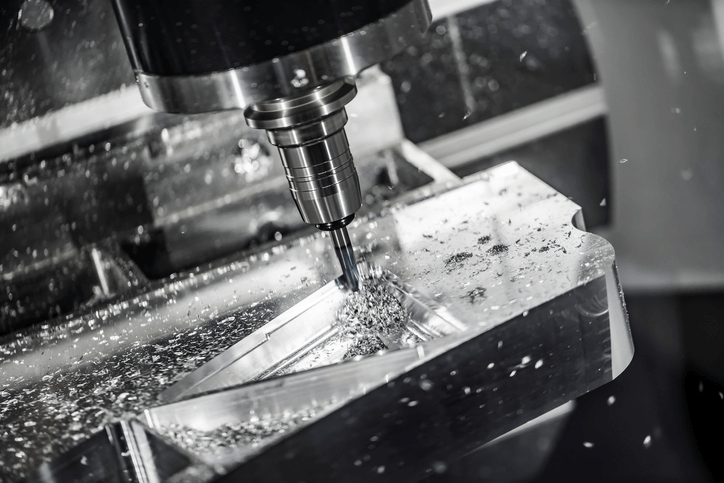
4.What level of quality should I expect from rapid machining?
Rapid machining is most often used for prototyping. Therefore, customers should keep in mind that there are other options, such as precision machining, that may be better suited for high-detail parts that require tight tolerances. As the name implies, rapid machining prioritizes speed over other factors.
That being said, rapid machining can produce professional-grade parts and prototypes to a very high standard.
Ordering parts from a rapid machining specialist ultimately allows customers to dictate the level of quality they need by specifying tolerances and selecting materials of the right quality and price.
Loose tolerances, simple designs, and the use of highly machinable materials allow machinists to make parts faster, with part quality being a lower priority.
This is often a wise approach during prototyping and product development, as professional machinists can still produce high-quality parts while working quickly.
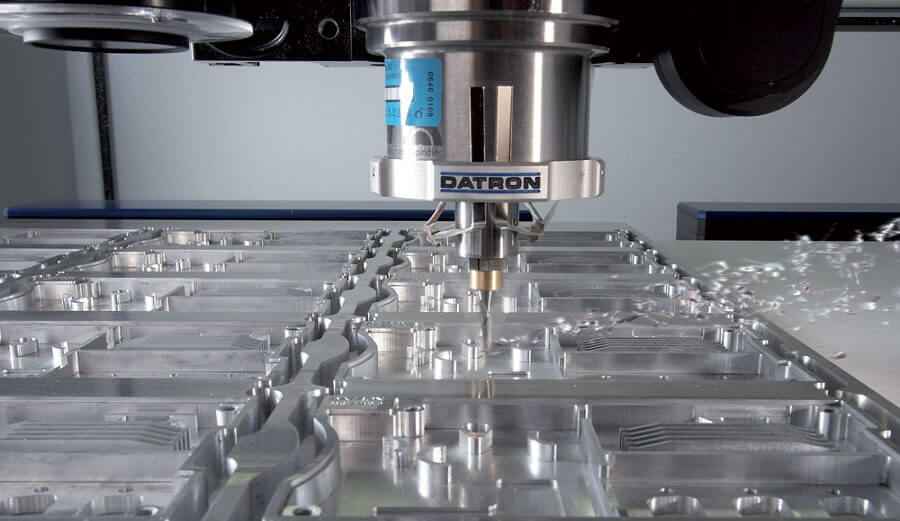
5.Time is of the essence: Rapid machining or 3D printing?
3D printing has transformed the world of prototyping, allowing users to create one-off parts in a matter of hours. 3D printers can even be operated from the office, reducing the need for traditional factories and machine shops.
Due to the speed and ease of 3D printing, some product developers automatically turn to additive manufacturing when time is of the essence, rather than subtractive processes such as rapid CNC machining.
But is 3D printing always the best choice for fast turnaround parts? For in-house prototyping, there may be no better rapid solution than 3D printing, as 3D printers require little to no expertise to operate and can print parts in a matter of hours.
However, professional rapid machining services may be faster and produce better results than comparable 3D printing services.
There are some clear similarities between rapid machining and 3D printing. Both take a digital design and convert it to G-code, and both are all-in-one solutions that require no tools or separate machines.
When choosing between rapid machining and 3D printing, keep these factors in mind:
- Some parts print faster; others machine faster
- Even though 3D printing is faster, it can take a long time to re-machine a 3D printed prototype into a final machined part
- Both metals and plastics can be machined with the same machining equipment; 3D printers can only print one or the other
- Machined prototypes are often closer to the final part than printed prototypes
If you are looking for an experienced machining manufacturer, Xavier is your ideal choice. The Xavier team is well-equipped to provide high-quality machining solutions. If you need more information or to discuss your machining needs with us, please feel free to contact us.
